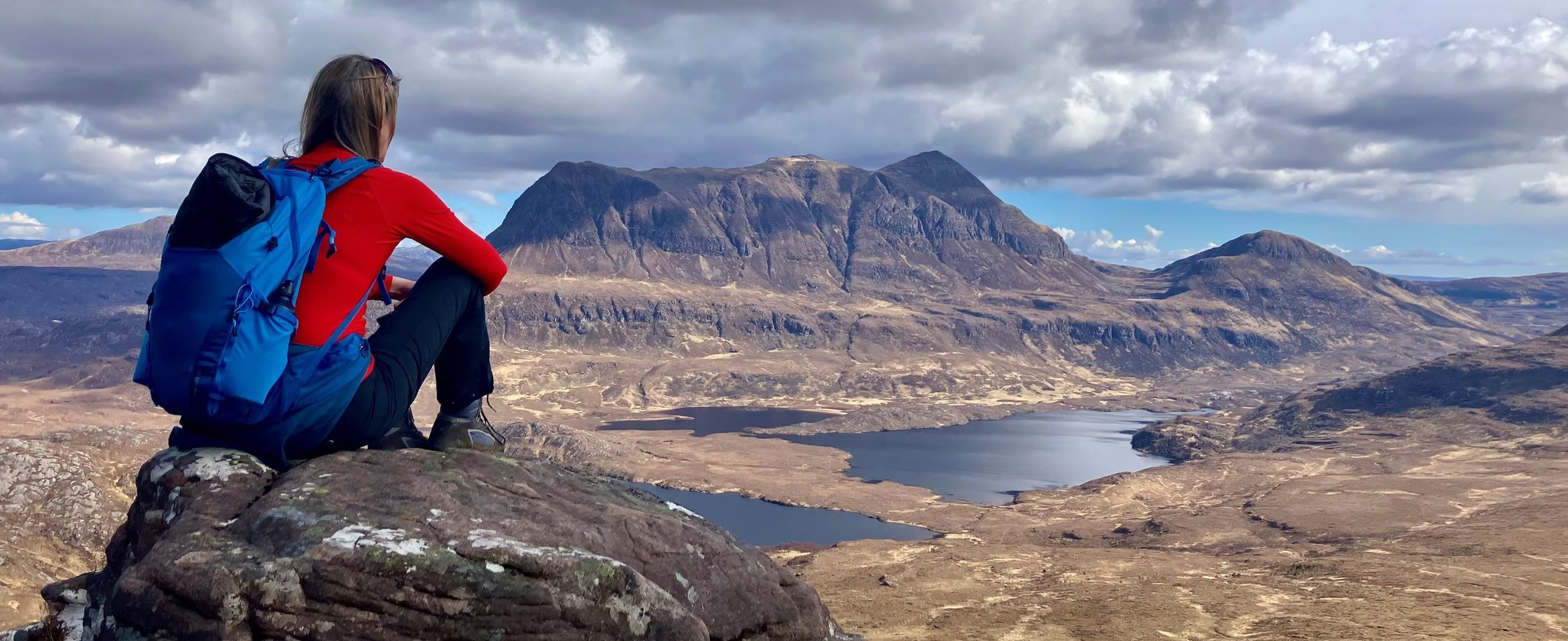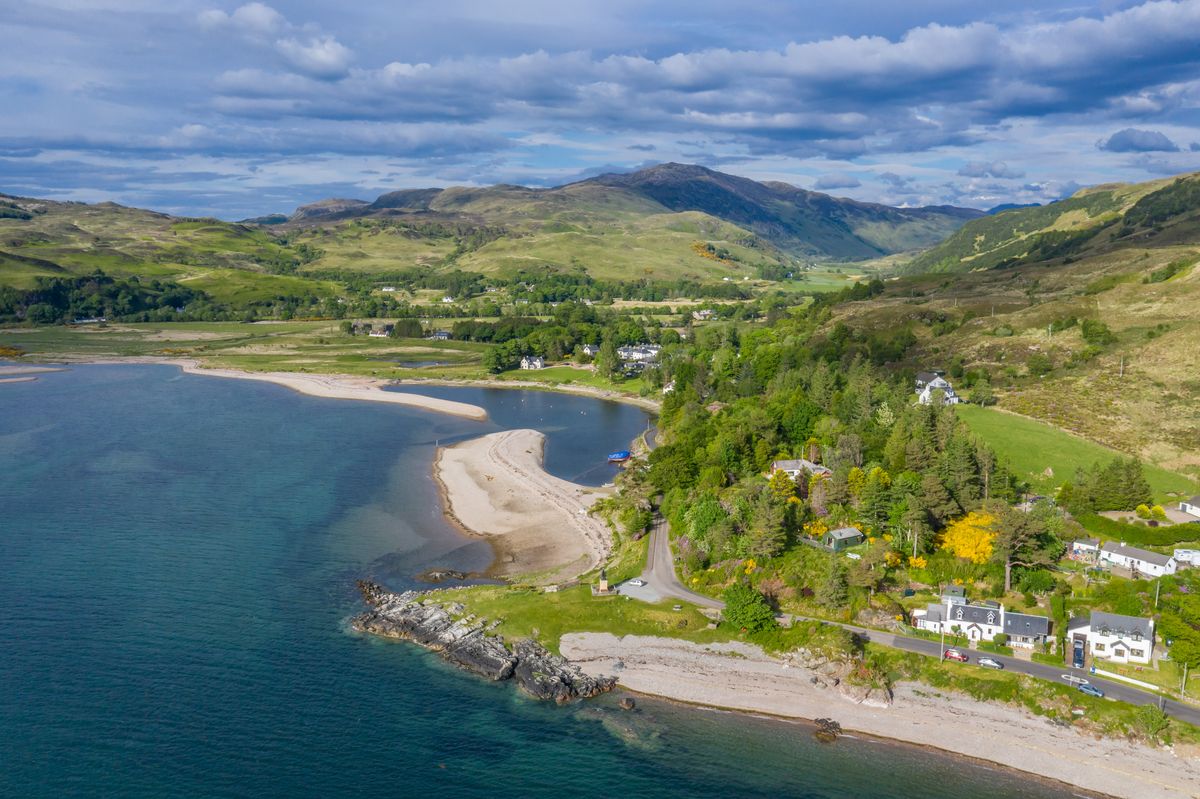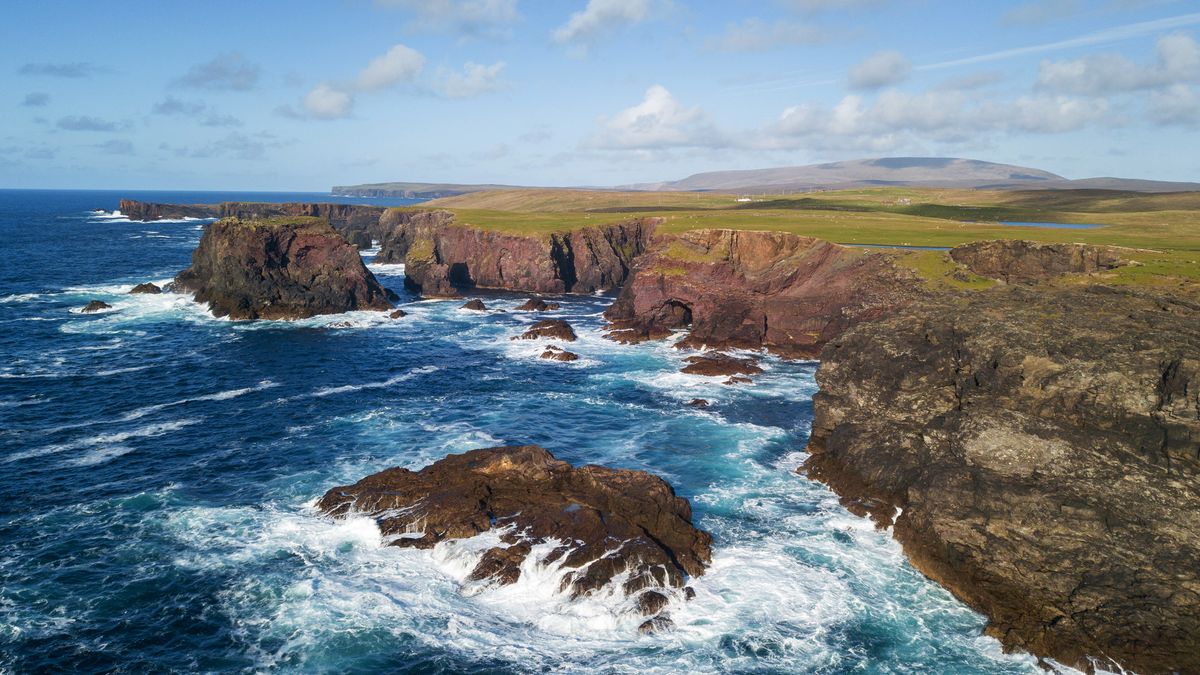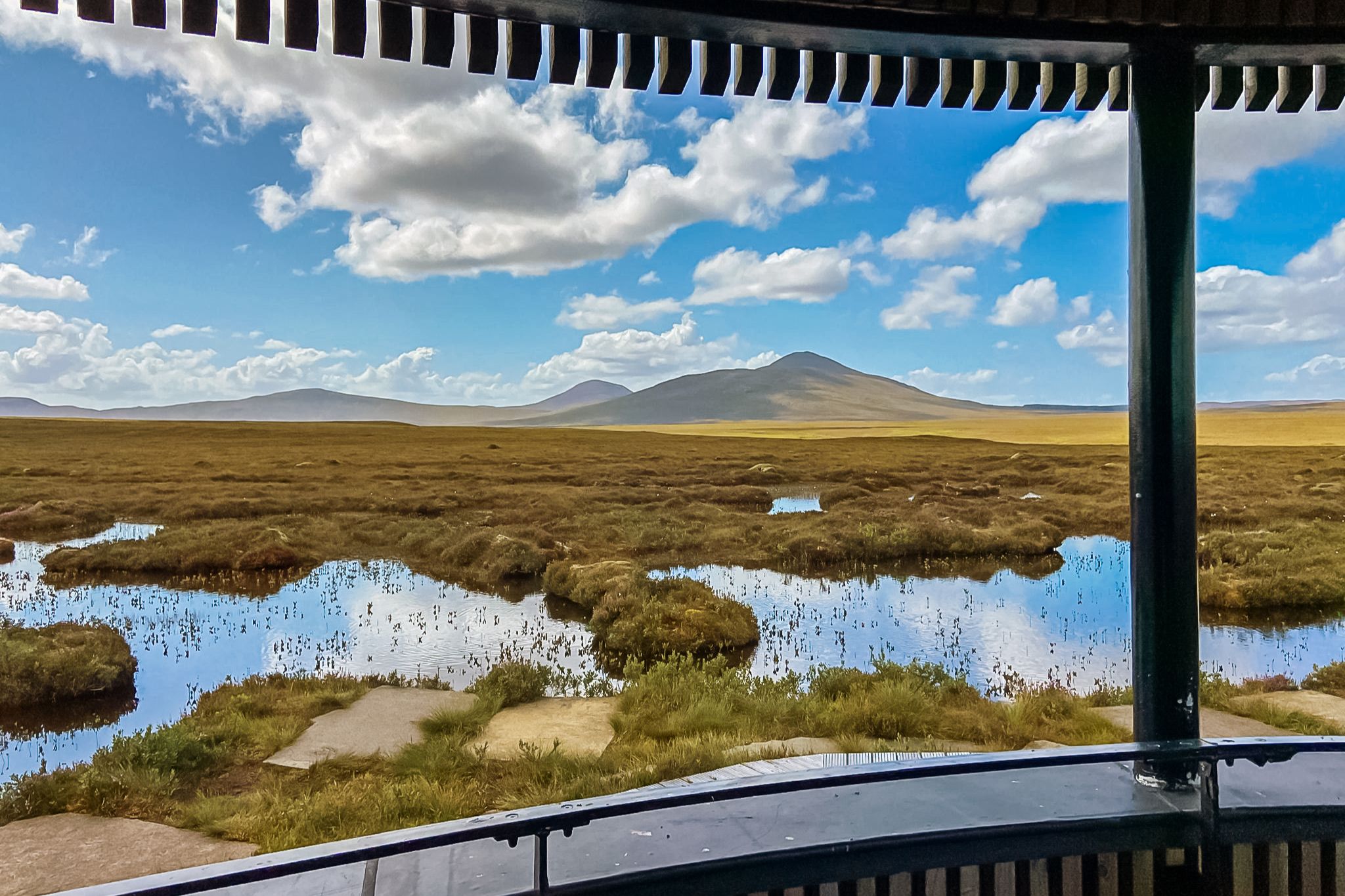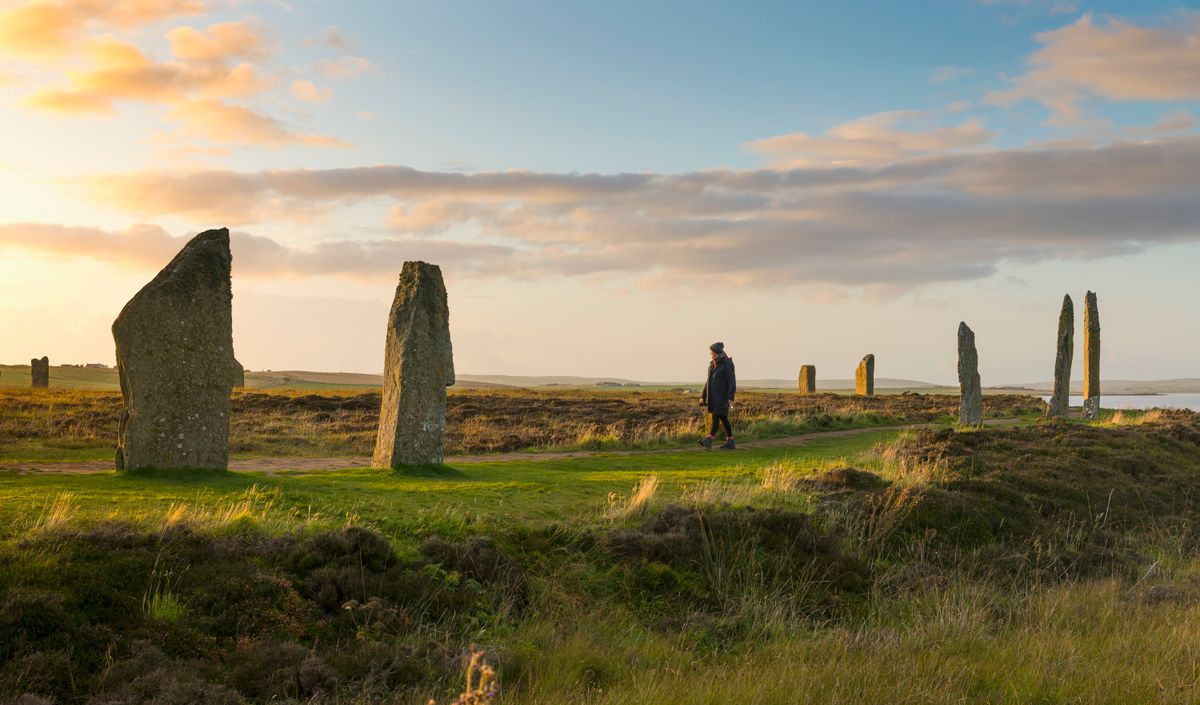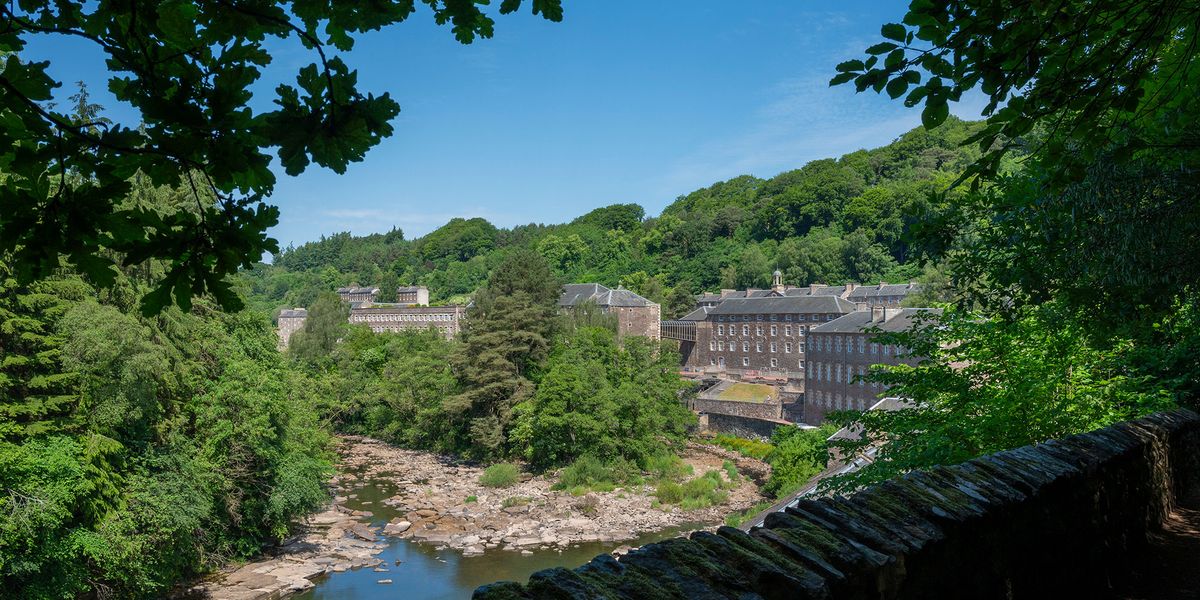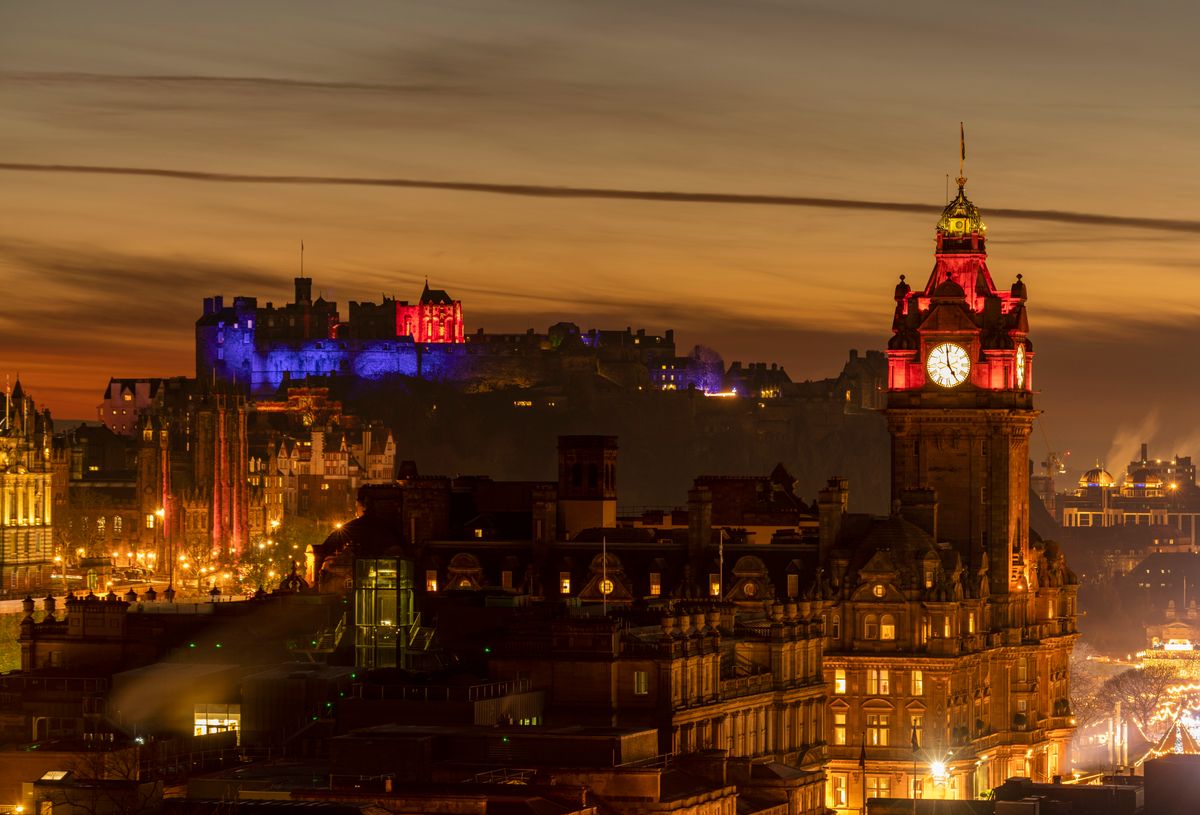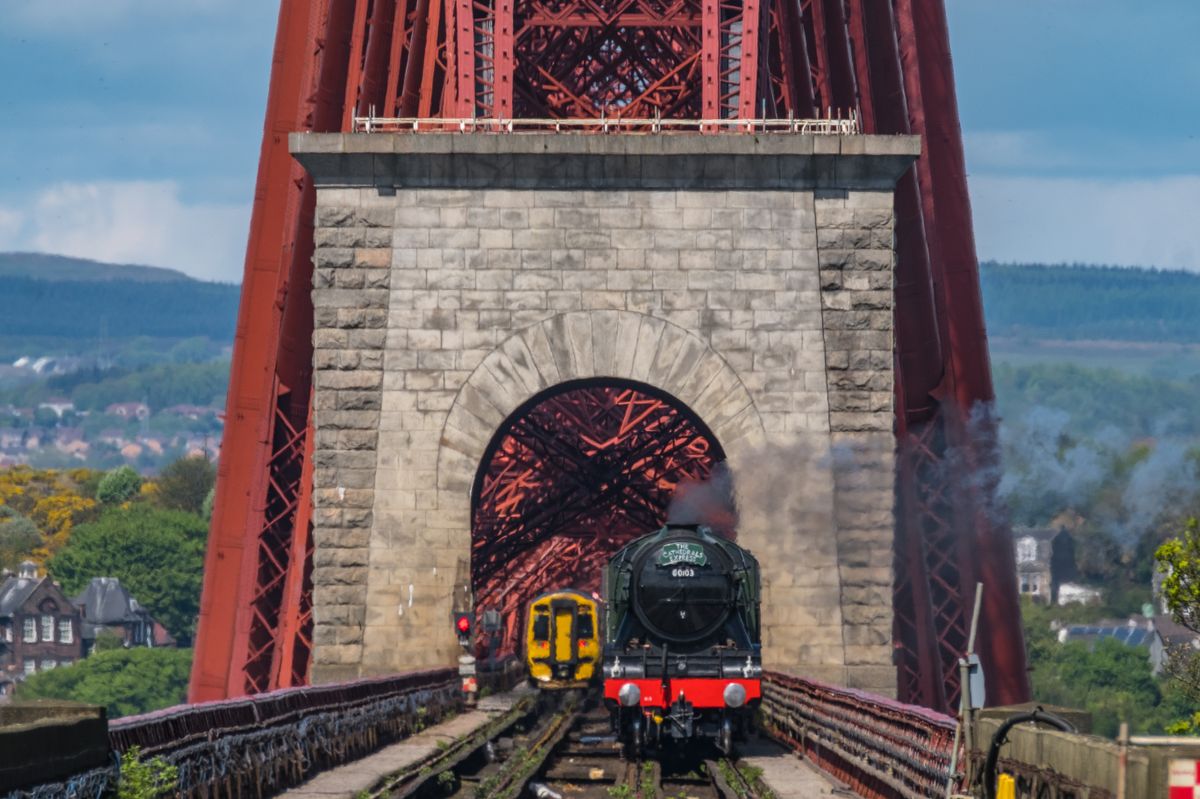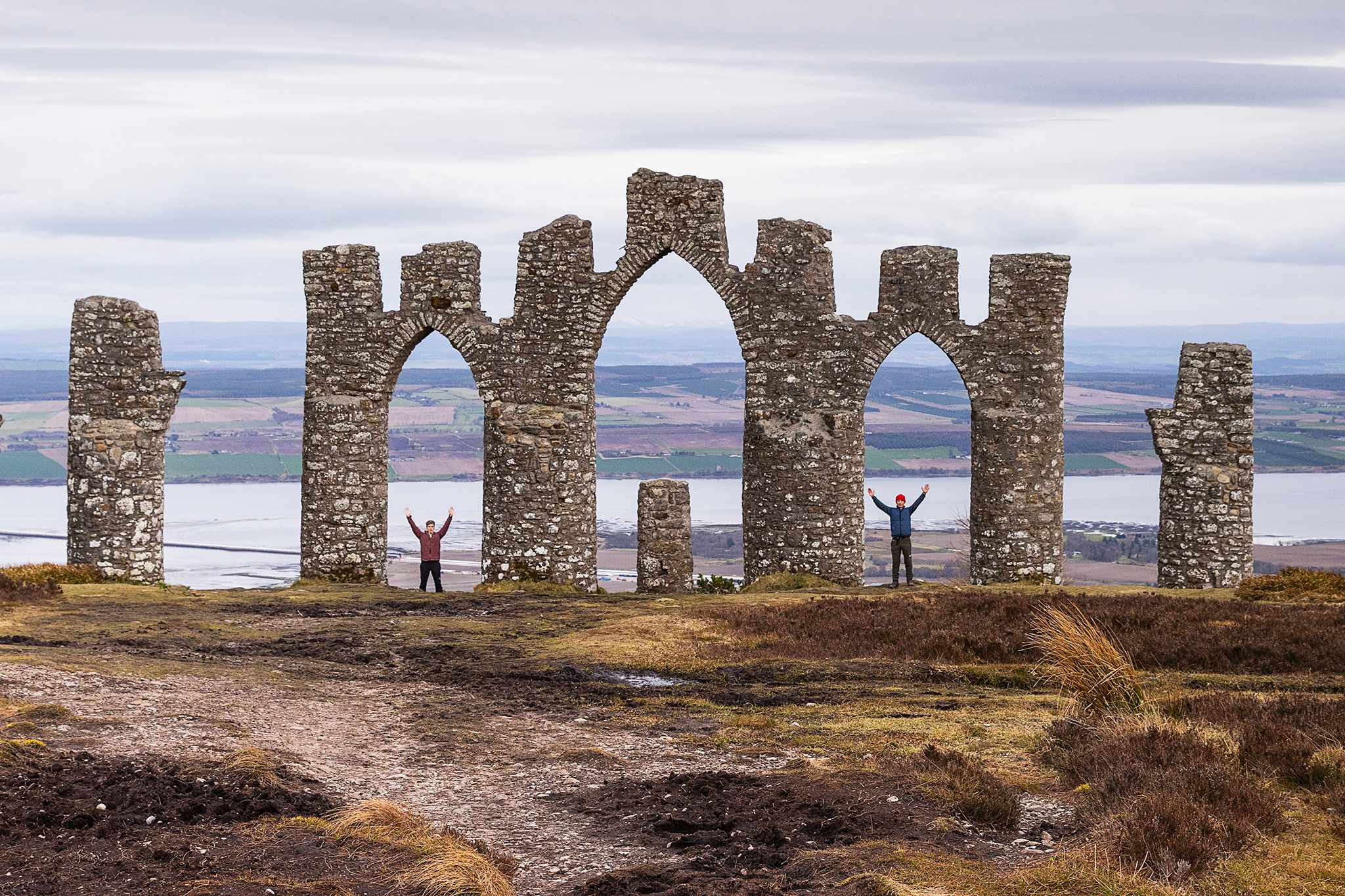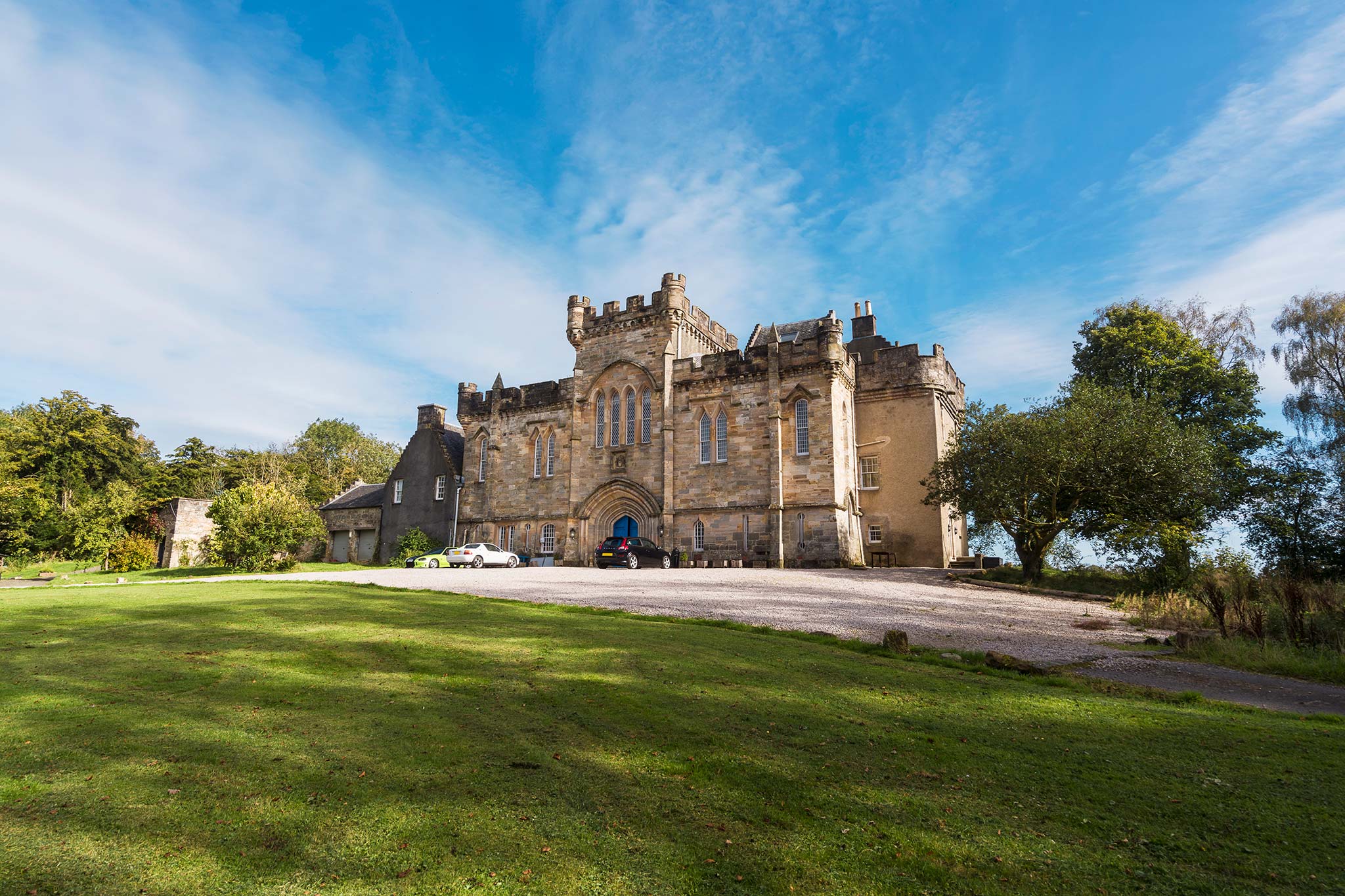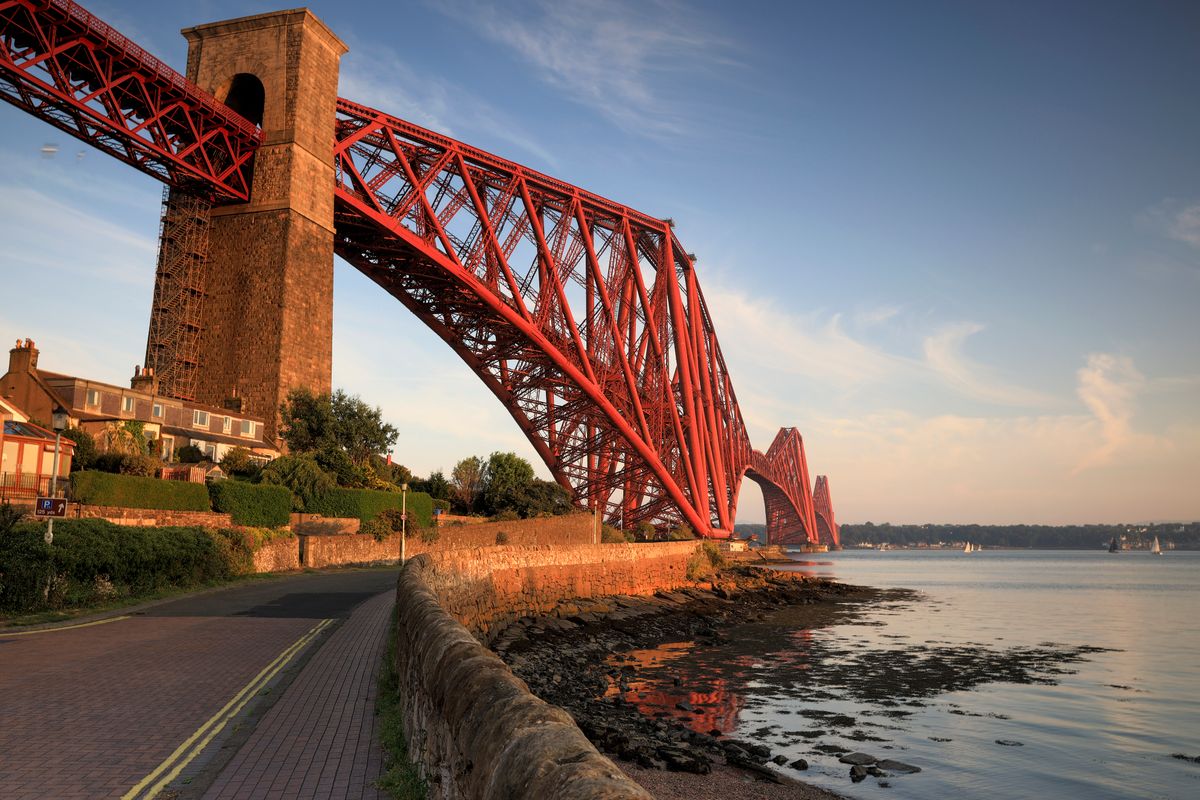
Uitzicht op de Forth Bridge, North Queensferry
UNESCO staat voor "United Nations Educational, Scientific and Cultural Organization" (Organisatie der Verenigde Naties voor Onderwijs, Wetenschap en Cultuur) – een gespecialiseerde organisatie van de Verenigde Naties die in 1945, na het einde van de Tweede Wereldoorlog werd opgericht. Het doel van de organisatie is het bijdragen aan vredesopbouw, duurzame ontwikkeling, en mensenrechten, door het aanmoedigen van samenwerking en communicatie tussen naties.
De focus van UNESCO ligt op onderwijs, het milieu, sociale ongelijkheid, communicatie, en het uitwisselen van kennis. Om een aantal van deze problemen op te lossen, wijst UNESCO de meest kenmerkende locaties ter wereld aan.
Schotland kent 16 UNESCO locaties, die zijn samengebracht in de UNESCO-route van Schotland – de eerste nationale route van dit type ter wereld. Tot de route behoren:
- 7 Werelderfgoederen
- 2 Biosfeergebieden
- 3 Globale Geoparken
- 4 Creatieve steden
Door de bewustmaking van deze locaties te vergroten, kan UNESCO investering aanmoedigen en nieuwe banen creëren, technologische innovatie en wetenschappelijke vooruitgang stimuleren, en de culturele en natuurlijke diversiteit van de wereld te verbeteren.
